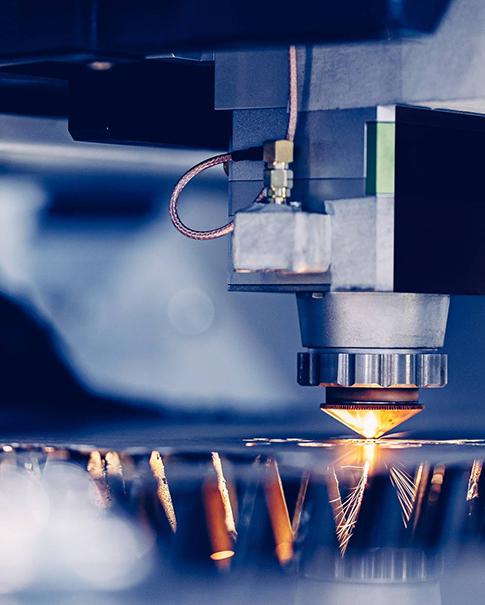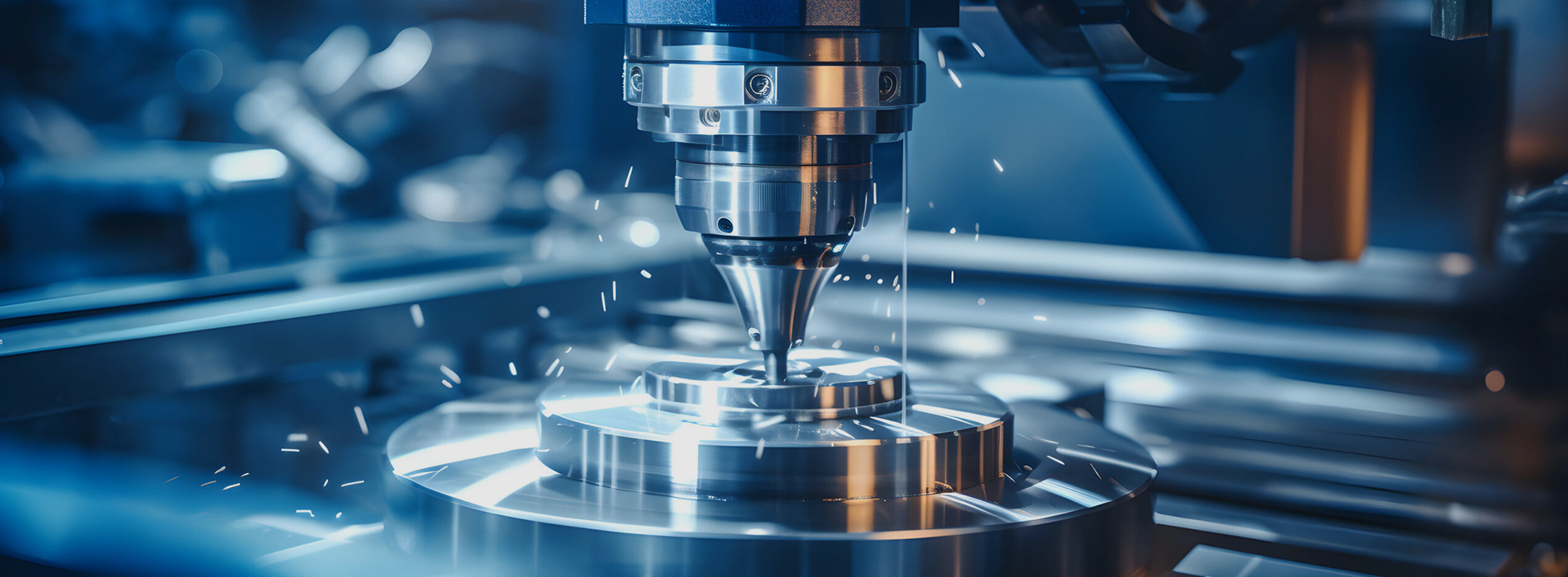The Indispensable Role of CNC Machining in Crafting Humanoid Robot Component
Nov 25, 2025
The quest to create sophisticated, agile, and reliable humanoid robots pushes the boundaries of engineering and manufacturing. While additive manufacturing (3D printing) garners attention for rapid prototyping and complex geometries, CNC (Computer Numerical Control) machining remains the cornerstone for producing the high-precision, high-strength, and high-reliability parts essential for advanced humanoid robots. The connection between humanoid robot part fabrication and CNC machining is profound and multifaceted.
1. Unmatched Precision for Critical Components: Humanoid robots demand extreme precision. Joints, actuators, gearboxes, and structural frames require micron-level tolerances to ensure smooth movement, minimize friction, prevent energy loss, and guarantee long-term reliability. CNC machining, particularly multi-axis milling and turning, excels at achieving these tight tolerances (±0.01mm or better) consistently and repeatably. This precision is vital for:
Bearing Surfaces: Smooth, accurately sized bores and shafts for bearings within joints and actuators.
Gear Meshing: Perfectly profiled gear teeth (spur, helical, planetary) for efficient power transmission without backlash or premature wear.
Sensor Integration: Precise mounting points and interfaces for force/torque sensors, encoders, and cameras.
Structural Alignment: Accurate mating surfaces and fastener holes to ensure the entire kinematic chain is correctly assembled and aligned.
2. Material Versatility and Performance: Humanoid robots operate under significant stresses – dynamic loads, impacts, and continuous motion cycles. Their parts often require the superior mechanical properties of metals and high-performance engineering plastics:
High-Strength Metals: Aluminum alloys (e.g., 7075-T6) for lightweight strength, titanium for critical high-stress/high-corrosion parts, and specialized steels for gears and shafts. CNC machining handles these materials efficiently.
Engineering Plastics: PEEK, UHMW-PE, Delrin (POM) for wear-resistant bushings, low-friction guides, and electrical insulation. CNC machining provides excellent dimensional control and surface finish for these polymers.
Metal Matrix Composites (MMCs): Emerging materials offering unique properties; CNC is often the primary method for shaping them into complex parts.
3. Superior Surface Finish and Integrity: The surface quality of moving parts directly impacts friction, wear, noise, and fatigue life. CNC machining can produce exceptionally smooth surface finishes (Ra values < 0.8 µm) crucial for:
Sliding Surfaces: Guides, bushings, and piston cylinders.
Sealing Surfaces: Interfaces requiring fluid or air seals.
Aesthetic Components: Visible external covers and panels. Furthermore, CNC machining produces parts with excellent material integrity (density, grain structure) compared to some additive processes, leading to higher fatigue strength and durability under cyclic loading – essential for joints and limbs.
4. Complex Geometries with Rigidity: While 3D printing excels at organic shapes, CNC machining is unparalleled for producing complex geometries that also require high rigidity and dimensional stability. This includes:
Intricate Housings: Complex enclosures for actuators, gearboxes, and control electronics with internal ribs, bosses, and coolant channels.
Thin-Walled Structures: Lightweight yet rigid structural elements like limb segments and torso frames.
Integrated Features: Parts combining precise bores, threaded holes, flat surfaces, and contoured profiles in a single, rigid component.
5. Scalability and Post-Processing Compatibility: CNC machining is highly scalable. Prototypes can be machined, and the same programs can be used for low-to-medium volume production runs. CNC-machined parts are also ideally suited for critical post-processing operations common in robotics:
Anodizing/Hardcoating: For aluminum parts to enhance wear and corrosion resistance.
Heat Treatment: To increase the hardness and strength of steel components.
Precision Grinding/Honing: For achieving ultra-fine tolerances and finishes on critical bearing surfaces.
Conclusion:
While 3D printing plays a valuable role in prototyping non-critical parts and creating complex internal structures, CNC machining is fundamentally indispensable for manufacturing the core, load-bearing, high-precision, and high-reliability components that define the performance and longevity of advanced humanoid robots. Its ability to work with high-performance materials, achieve micron-level accuracy, produce superior surface finishes, and create complex yet rigid geometries makes it the go-to manufacturing process for the skeleton, joints, actuators, and critical systems within these remarkable machines. The pursuit of truly capable and robust humanoids continues to rely heavily on the precision and versatility of CNC technology.















 SUBSCRIBE TO OUR NEWSLETTER
SUBSCRIBE TO OUR NEWSLETTER






